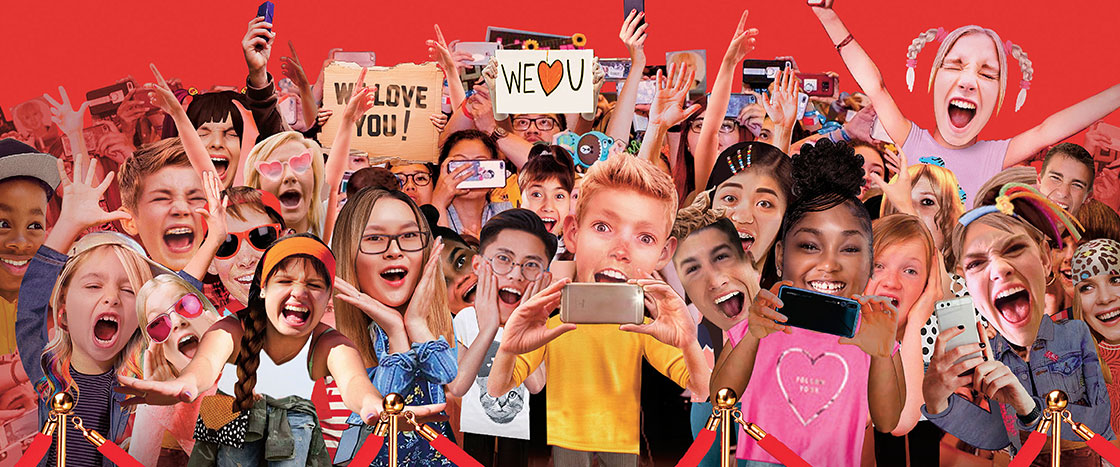Like many good things, though, fandom has a dark side. Superfans often feel a sense of ownership over the thing they love and will defend it with the ferocity of a mama bear protecting her cubs. Sometimes these deep feelings can lead to nasty behavior that ruins the joy for everyone.
For example, in 2017, more than 100,000 fans who didn’t like Star Wars: The Last Jedi signed a petition to Disney to have it removed from the canon. (Disney did not, and the film was a smash hit.) Some fans went after Kelly Marie Tran, who plays Rose Tico, posting racist comments on her Instagram, prompting her to delete all her posts. Before the release of Captain Marvel last year, some disgruntled fans flooded the internet with fake bad reviews to discourage people from going to see it.
These certainly aren’t the only examples of so-called toxic fandom. Writers, actors, and singers have all been targeted. Sometimes the bullying happens between fan groups or even individual members of the same group. Sometimes the discord spills into the school day, with warring groups refusing to share a lunch table.
Most of the negativity happens on social media, though, and Katie says the best response is to stay positive—and block whoever is being toxic. “Don’t even respond,” she says. “It’s not worth it.”
To be sure, fandoms are—at their best—a force for good. Take the Harry Potter Alliance. Inspired by the values of the Harry Potter series, this group does advocacy work around issues like poverty, literacy, and civil rights. One of its campaigns was called “What Would Dumbledore Do?” Fans tweeted about what they learned from the character Albus Dumbledore and applied those lessons to their lives.
Perhaps Charles Dickens’s fans should have followed their example—and left the poor guy’s coat alone.


